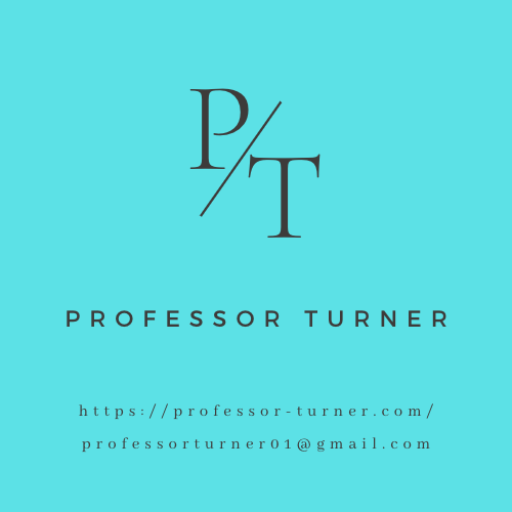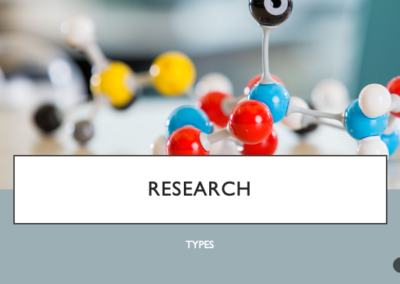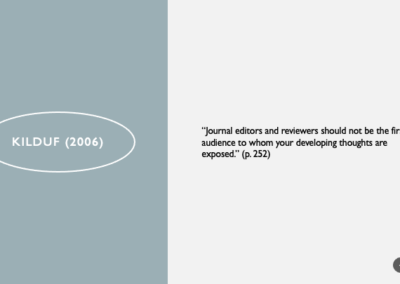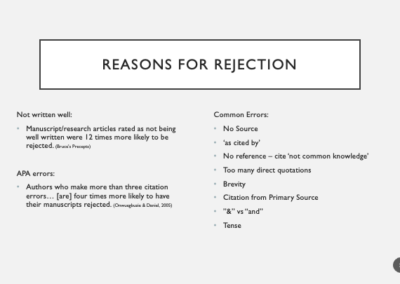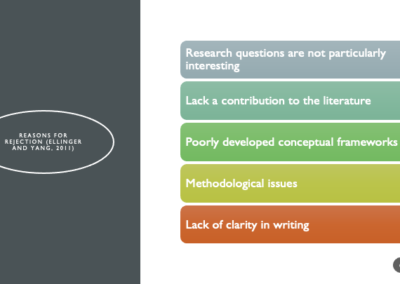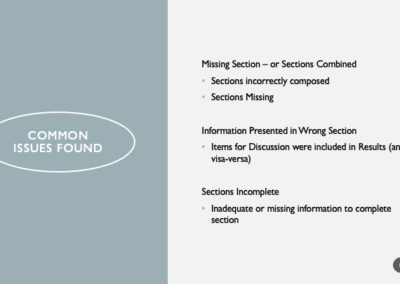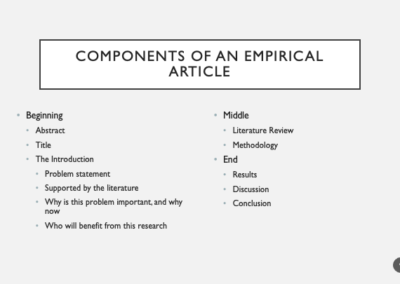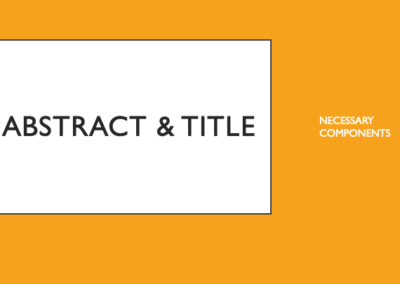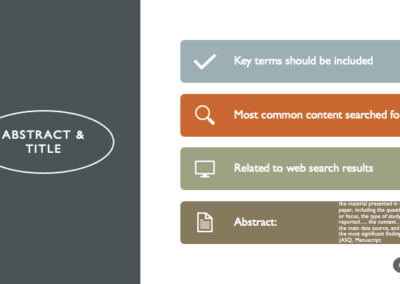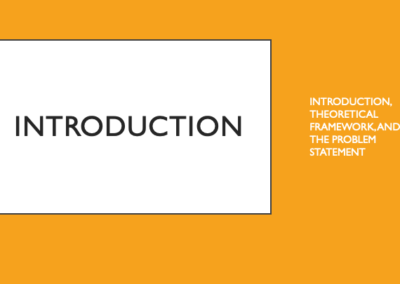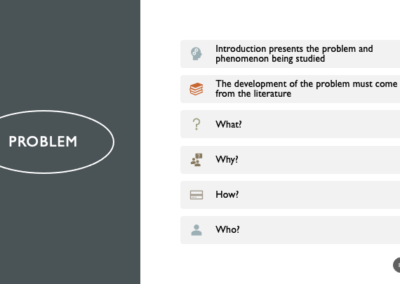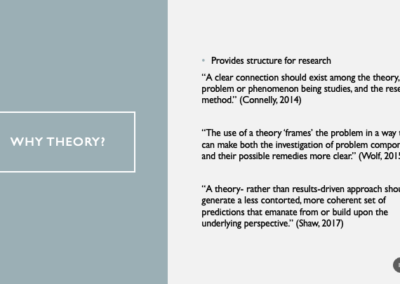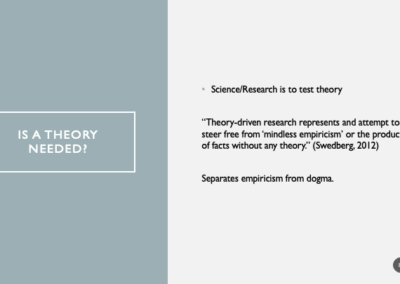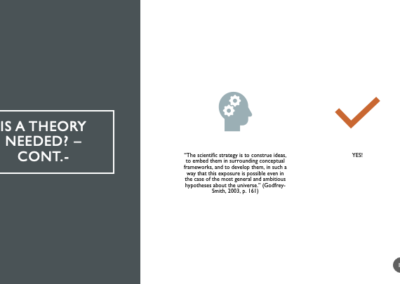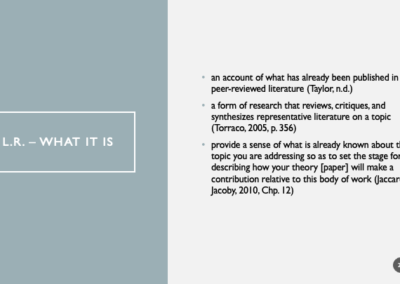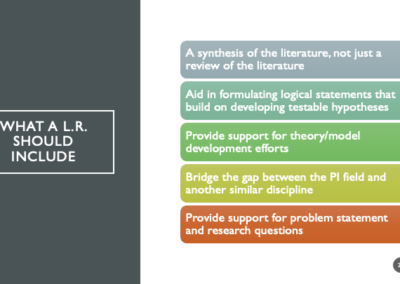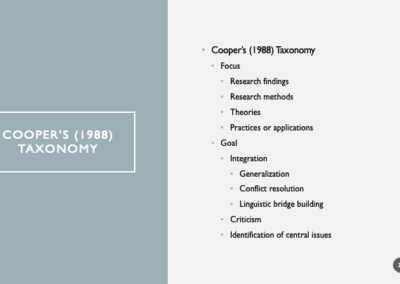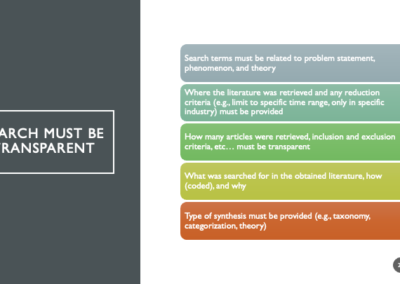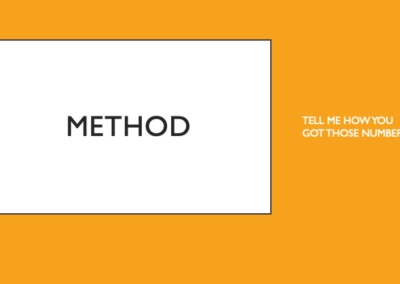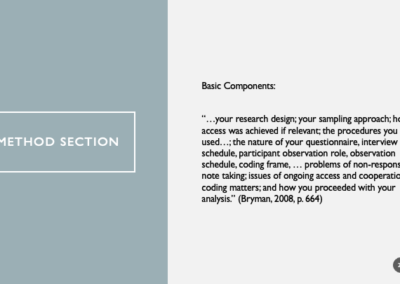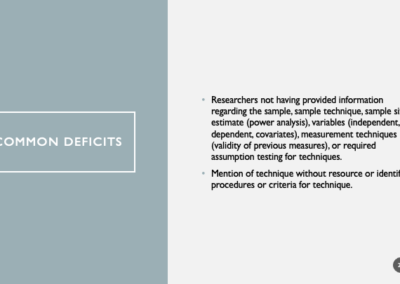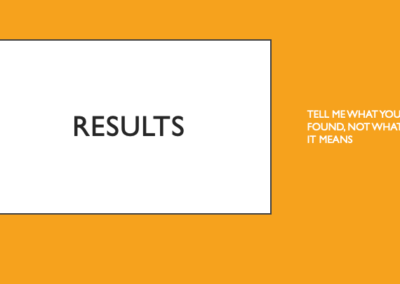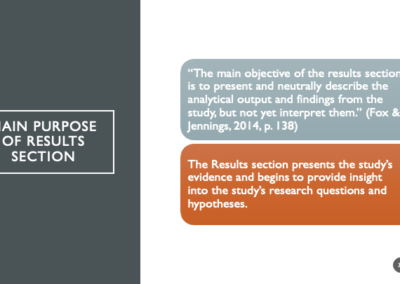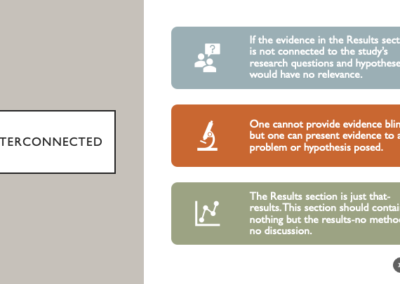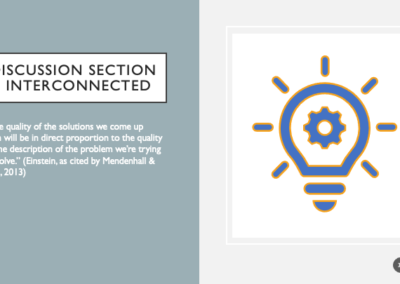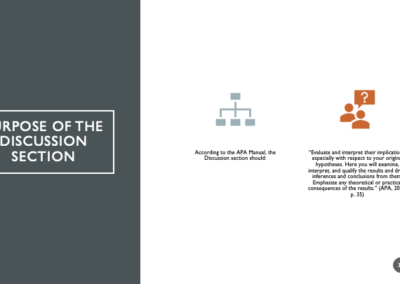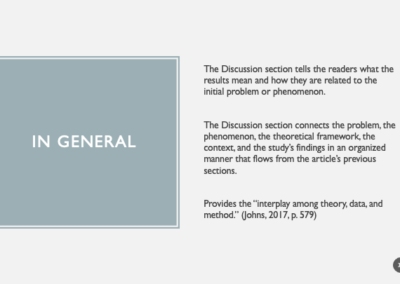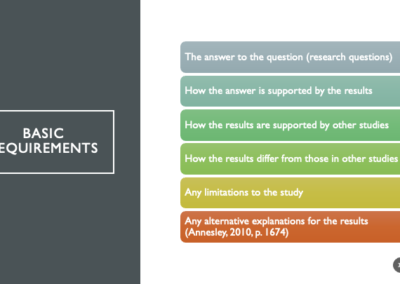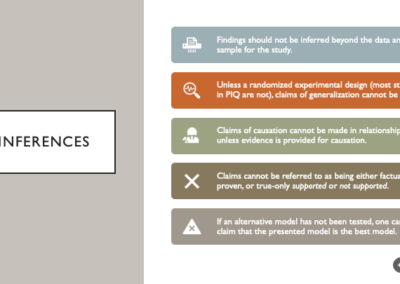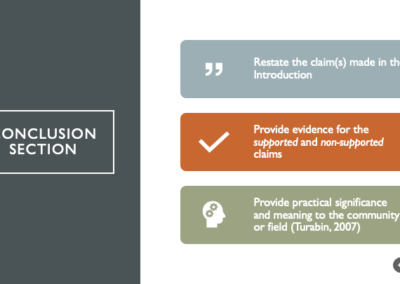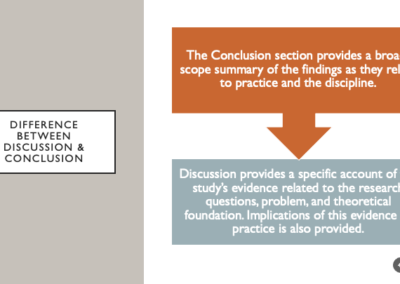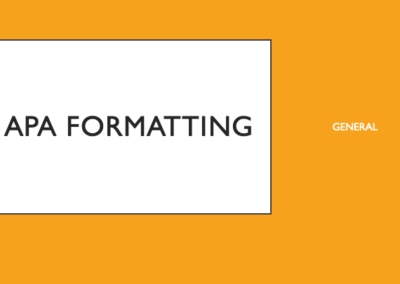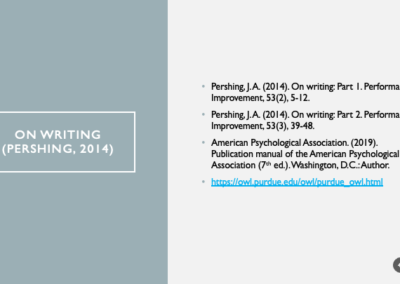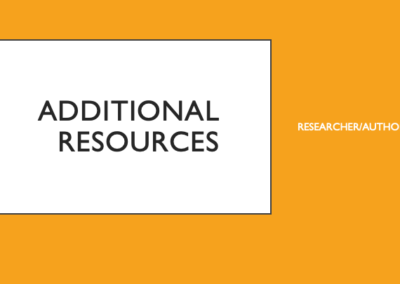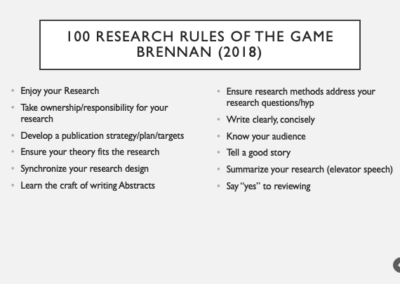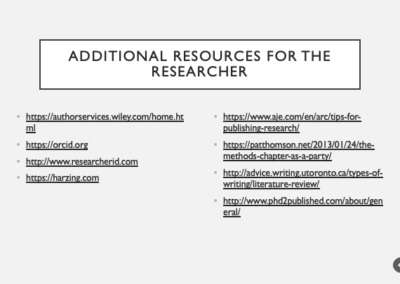On Writing
Writing is not just a support-level activity; it is the primary way in which we develop and disseminate knowledge.
(Ragins, 2012, p. 493)
At its most basic we are only discussing a learned skill, but do we agree that sometimes the most basic skills can create things far beyond our expectations? We are talking about tools and carpentry, about words and style… but as we move along, you’d do well to remember that we are also talking about magic.
(King, 2000. p. 137)
Writing is hard work. A clear sentence is no accident. Very few sentences come out right the first time, or even the third time. Remember this in moments of despair. If you find that writing is hard, it’s because it is hard.
(Zinsser, 2006, p. 9)
Write with the door closed, rewrite with the door open.
(King, 2000, p. 57)
If you want to be a writer, you must do two things well above all others: read a lot and write a lot.
(King, 2000, p. 145)
Clear Writing
Focus is on the Reader
The beauty of clear writing is that it creates nearly effortless reading. The reader should be able to understand your key points and follow your logic without having to reread the manuscript. This allows the reader to focus on the content and meaning of your message, rather than how it is presented…. When writing clearly, the focus is never on the writer; it is always on the reader. Clear writing may be elegant, but it is never pretentious. The goal is not to show the reader how smart you are but, rather, to take the reader with you on a journey that is clear, logical, and direct.
(Ragins, 2012, 494)
Rewriting is Absolute
Rewriting is the essence of writing well: it’s where the game is won or lost.
What to I mean by ‘rewriting’? I don’t mean writing one draft and then writing a different second version, and then a tird. Most reqriting consists of reshaping and tighteing and refining the raw material you wrote on your first try. Much of it consists of making sure you’ve given the reader a narrative flow he can follow with no trouble from beginning to end. Keep putting yourself in the reader’s place. Is there something he should have been told early in the sentence that you put near the end? Does he know when he starts sentence B that you’ve made a shif-of subject, tense, tone, emphasis-from sentence A?
(Zinsser, 2006, pp. 83-84)
1. Clear writing takes a substantial amount of time and effort. There are no shortcuts to writing clearly. Every word needs to be scrutinized for meaning, clarity, and purpose…. Every sentence should serve a precise purpose and be part of a clear, concise, and compelling story that engages the reader and brings the reader with you on the inevitable journey that leads to your model.
(Ragins, 2012, p. 500)
2. Clear writing refines our ideas. We need to think clearly in order to write clearly, but the process of writing with the reader in mind also helps us clarify our thoughts.
(Ragins, 2012, p. 500)
Clear thinking becomes clear writing; one can’t exist without the other.
(Zinsser, 2006, p. 8)
3. Clear writing is about rewriting. The process of clear writing helps us sharpen our ideas. It can also illuminate flaws in our logic or approach.
(Ragins, 2012, p. 500)
You won’t write well until you understand that writing is an evolving process, not a finished product. Nobody expects you to get it right the first time, or even the second time.
(Zinsser, 2006, p. 84)
4. Have fun and find your voice. Be creative in your writing-but always keep the reader in mind. Look to other writers and emulate their work, but only if it fits your voice.
(Ragins, 2012, p. 500)
Writing well means believing in your writing and believing in yourself, taking risks, daring to be different, pushing yourself to excel. You will write only as well as you make yourself write.
(Zinsser, 2006, p. 302)
Toolbox of Techniques to Aid the Writing Process
In her book chapter, Lee (2011, pp. 112-113) provided a toolkit to assist with the writing process. These items have been collated from multiple sources and are highlighted here:
Use a formal academic style, which includes these components:
- Has a clear structure. It is evident to readers from the introduction that the writer has organized his or her thoughts and knows what he or she wants to communicate.
- Has fewer clauses per sentence than spoken English but more words per phrase.
- Has more nouns (often abstract ones) than spoken English and fewer verbs. Uses the passive voice, for example, ‘Many things can be done in order to…’.
- Makes less use of coordination (joining clauses with and or but) and greater use of subordination (joining clauses with words such as while, because, subsequently) than spoken English.
- Almost always uses the third person *(he, she, it, they), rarely uses first person (I, we), and never uses second person (you).
- Avoids direct questions; contractions (do not is used rather than don’t); phrasal verbs (for example, look into, preferring single-word, often polysyllabic verbs, such as investigate); and cliches, redundant words, or colloquialisms.
- Uses linguistic hedges (probably, in most cases, seems, might be, appears to) to qualify generalizations.
- Avoids always and every, replacing them with often and many or much.
- Use formal vocabulary, for example, discuss rather than talk about, and uses there, it, or one as a subject (‘There is a serious risk of…,’ ‘It is very difficult to…,’ ‘One may ask whether…’.
- Ensures that grammar is accurate, ideas link together smoothly, and a full range of grammatical structures is employed, such as relative clauses.
- Employs correct referencing in both in-text references and bibliographical lists.
Academic Integrity
Reporting the Truth
Conducting and writing about research with utmost honesty and a desire to learn and convey the truth-and nothing bu the truth-about a topic of investigation.
(Leedy & Ormrod, 2016, p. 335)
Maintaining academic integrity includes the following (from Leedy & Ormrod, 2016, pp. 335-336):
- Appropriately crediting the words and ideas of other people.
- Maintaining confidentiality and protecting participants’ right to privacy (in some cases, this may require using pseudonyms or altering a few basic facts for certain participants, in which case you should specifically state that you have made these changes).
- Explicitly identifying any biases in your sample selection-for instance, by reporting low return rates in mailed surveys or high attrition (drop-out) rates in longitudinal studies.
- Describing any participants you dropped from your research sample and explaining why you dropped them.
- Describing the limitations of your measurement instruments-for instance, by reporting any evidence of poor validity or reliability.
- Describing any procedures you may have used to fill in missing data points in order to increase the number of participants for which you could conduct various statistical analyses.
- Providing a comprehensive report of you research findings, including those findings that do not support your hypotheses.
Explicitly identifying any potential confounding variables that may cast doubt on conclusions about cause-and-effect relationships.
Checklist
Checklist items for reviewing research articles.






Basic Overview of Research Content
Five Basic Reasons for Rejection
In general, there are five basic reasons that a research article is rejected. These include the following:
- The paper is not within the journal’s purview, nor can it be readily brought within this purview.
- The paper is not sufficiently relevant, nor can it be readily made to be.
- The analysis is of insufficient quality, and cannot be readily ‘fixed.’
- The paper’s contribution is too limited, and cannot be readily strengthened.
- The paper is not sufficiently compelling or convincing, nor can it be readily made to be.
(Godard, 2016, p. 681)
Specific Reasons for Rejection
The five basic reasons for rejection listed typically reject a submitted article without review. If an article is accepted for review, then the reviewers comment on the article’s content, format, and structure. Some of the more common reasons for rejection from reviewers could include the following:
- Poor or confused narrative, with poor grammar, spelling, or organization.
- Weak data and analysis.
- Results that do not seem to be grounded in the author’s actual research.
- Pure (abstract) theory or theory for theory’s sake.
- Descriptive literature review.
- Analyses that seem to have no real purpose.
- Unduly descriptive analysis.
- Unduly technical papers.
- Unduly micro or managerial orientation.
- More suited to a discipline-based journal.
(Godard, 2016, pp. 681-683)
Contribution
Assessment of Low Contribution
- Low incremental contribution. One of the most common observations was that the results had been shown elsewhere before, thus raising the questions ‘So what?’ and ‘What’s new?’
- Overly narrow contribution. Reviewers seemed to feel there was some incremental contribution, but not a large enough one.
- Not very surprising. Reviewers are judging the results not against prior literature, but rather against common sense or the likely reactions of the ‘person in the street.’
- Unclear importance. Reviewers were unable to grasp the point of the studies. These manuscripts tended to be ones that described what was done, but not why it was interesting or important.
(Rynes, 2002pp. 311-312)
Excitement, engagement, interaction, enthusiasm, playfulness, exploration, newness, intellectualism, commitment, consistency with personal values, significance, and implicaitons-these are the signals that a significant contribution is in the making.
(Rynes, 2002, p. 313)
Evaluating Contribution
Three tests:
Applying these tests can help authors (and reviewers) determine whether the type of contribution a particular journal tends to publish is present and if the contribution will meet readers’ expectations.
- Is the contribution valuable?
By value, I mean adding an insight that is important and relevant for other researchers and/or practiioners.
- Is the content of the contribution imitable?
Are all reasonable competing explanations of the proposed advance controlled for, either through the logical consistency of the theoretical model or through controlling for rival theories in the research method?
- Is the contribution rare, surprising, or unexpected?
Is the contribution more of a common sense derivation, or does it represent a novel and unique insight? Orignality is a critical concern.
Summary
Keep two strategic points in mind when crafting a manuscript: (1) ensure that its contribution is aligned with a receptive journal and (2) identify and evaluate the content of the contribution so that you can present and argue for it most effectively.
(Bergh, p. 136)
Qualitative Research
Reasons for Rejection / Recommendations for Improvement
Qualitative articles must provide a thick description of the research while providing a balance. The following reasons for rejection and recommendations are provided by Morse (2007):
Strong articles are balanced. Strong articles use adequate quotations to illustrate or to convince of the rigor of the article, and the discussion ties the study together, leaving no doubt in the reader’s mind of the rigor and the quality of the theory being presented.
(p. 1164)
1. Your article adds nothing new to the literature.
Qualitative researchers do not replcate, qualitative researchers do not investigate phenomena that are well investigated (unless they are convinced that there is something new to be uncovered), and qualitative researchers do not study phenomena that are obvious. It is the responsibility of the researchers to present their topic as interesting and fascinating… in the introduction of their article, to argue their stance in the literature review, and to discuss the contribution of their research clearly in the discussion.
(p. 1163)
2. There is imbalance in the proportion of pages allocated to each section of your article.
Excellent articles have the bulk of the article in the Results section. The introduction is only one or two pages; the literature review is just long enough to set the stage, the methods do not pedantically reiterate basic texts, and the discussion, in two or three pages, clearly places the findings back into the litertuare.
(p. 1163)
3. Quotations have not been edited.
It is the responsibility of the author to edit any quotations useed with as much care and accuracy as is given the actual words, with the participants’ expression maintained…. The quotations do not usually stand on their own: They must be accompanied with the researcher’s interpretation and summary of the text.
(p. 1163)
4. Your article is much too long.
The writing style must be concise, logical, and directed; it must entice readers and hold their attention.
(p. 1163)
5. Ethical violations.
Quantitative researchers present information about their sample so that their sample may be evaluated for representativeness with respect to the population and their study may be replicated in the future.
(p. 1164)
Resources for Research Writing / Criteria
APA Quantitative Guidelines
JARS-Quant includes guidelines for manuscripts that report
- Primary quantitative research
- Experimental designs
- Nonexperimental designs
- Special designs
- Analytic methods
- Meta-analyses
APA Style JARS – Quant
Journal Article Reporting Standards
APA Resources – UNT Information Science
Journal Article Reporting Standards (JARS)
APA style journal article reporting standards and guidelines.
JARS Quantitative
JARS Qualitative
JARS Mixed-Methods
